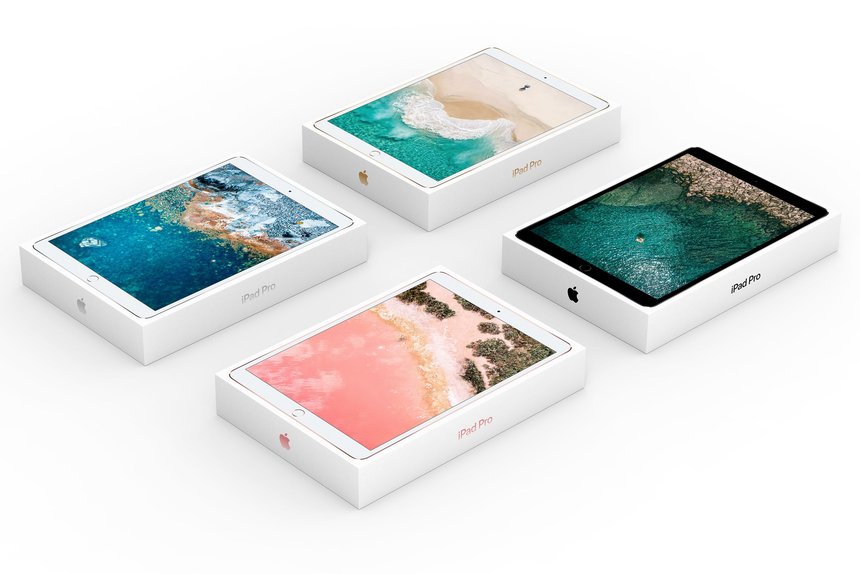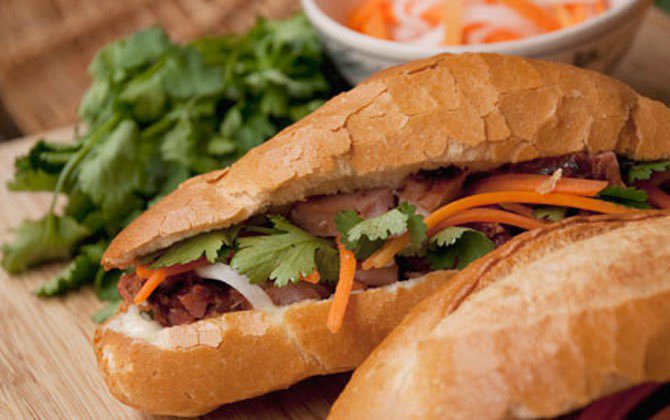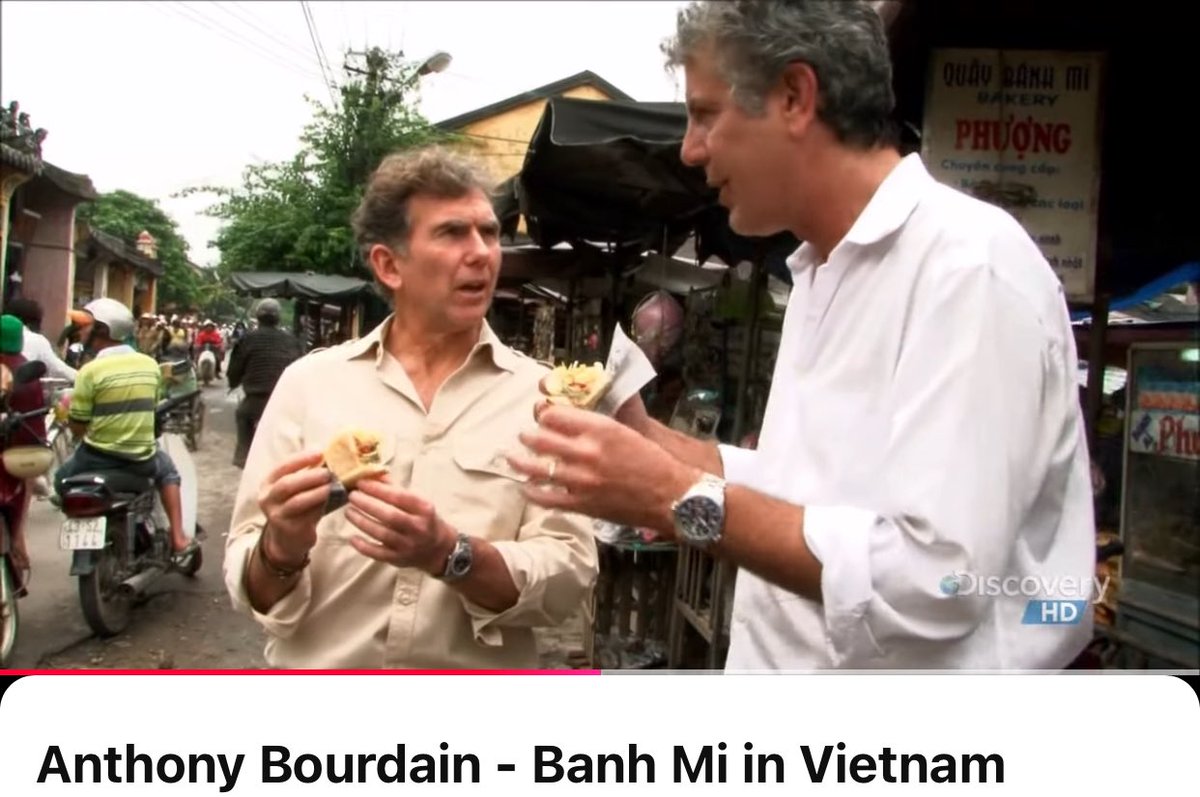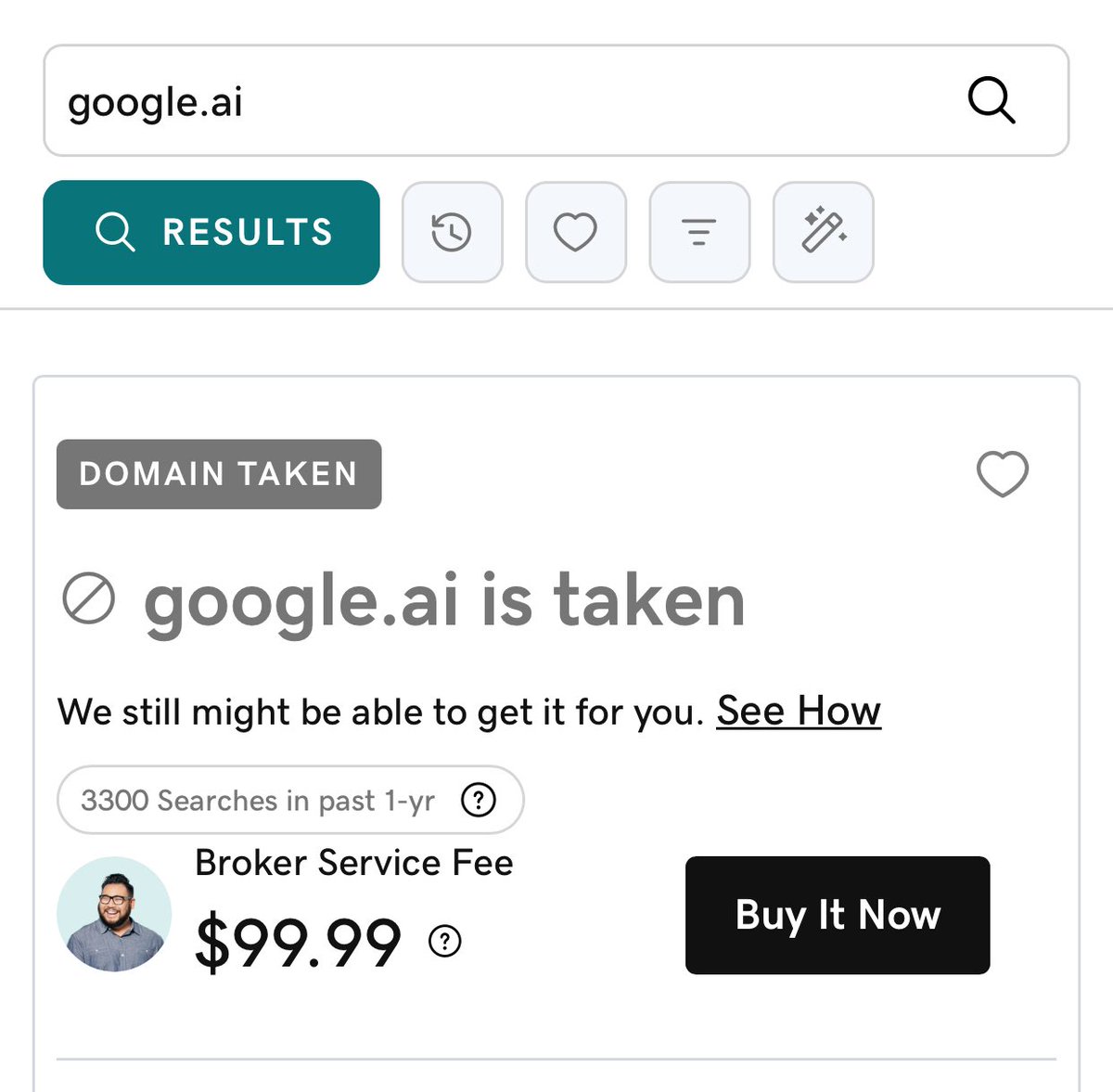Apple has sold ~2B iPhones.
With a clear understanding of human psychology, Apple designed its packaging to make these ~2B new iPhone unboxing experiences very memorable (and prob why you can't get rid of the box).
Here's a breakdown 🧵
With a clear understanding of human psychology, Apple designed its packaging to make these ~2B new iPhone unboxing experiences very memorable (and prob why you can't get rid of the box).
Here's a breakdown 🧵
1/ Steve Jobs announced the first iPhone in January 2007.
During the presentation, he noted that Apple had filed or been granted 200+ patents for the device.
One of the patents: the iPhone case.
During the presentation, he noted that Apple had filed or been granted 200+ patents for the device.
One of the patents: the iPhone case.

2/ Jobs and Jony Ive long understood the value of packaging.
As Ive recounts: "Steve and I spend a lot of time on the packaging. I love the process of unpacking something. You design a ritual of unpacking to make the product feel special. Packaging can be theater."
As Ive recounts: "Steve and I spend a lot of time on the packaging. I love the process of unpacking something. You design a ritual of unpacking to make the product feel special. Packaging can be theater."

3/ As the last thing someone feels before seeing their phone, Apple put in 1000s of hours perfecting the package.
There's literally a "packaging room" where a design employee will spend months opening up 100s of protoypes (w/different materials + shapes) to nail the experience.
There's literally a "packaging room" where a design employee will spend months opening up 100s of protoypes (w/different materials + shapes) to nail the experience.

4/ What are they looking for?
Lux-feeling boxes w/ the right friction and drag to create a brief pause when you open it (air pockets have to be *just right*).
Like the moment before a magician's reveal, Jobs knew the power of anticipation and designed it into iPhone packaging.
Lux-feeling boxes w/ the right friction and drag to create a brief pause when you open it (air pockets have to be *just right*).
Like the moment before a magician's reveal, Jobs knew the power of anticipation and designed it into iPhone packaging.
5/ There's a reason why unboxing videos on YouTube get billions of views a year.
The anticipation -- even when we know what's coming -- plays right into the curiosity gap: our psychological need to close the information deficit between what we know and what we *want* to know.
The anticipation -- even when we know what's coming -- plays right into the curiosity gap: our psychological need to close the information deficit between what we know and what we *want* to know.

6/ iPhone openings are also a multi-sensory experience:
◻️You *see* the box
◻️You *feel* the opening as you pull against friction
◻️You *hear* the whoosh of air rushing out
This adds to the theatre and creates a powerful memory recall effect like this:
◻️You *see* the box
◻️You *feel* the opening as you pull against friction
◻️You *hear* the whoosh of air rushing out
This adds to the theatre and creates a powerful memory recall effect like this:
https://twitter.com/TrungTPhan/status/1425840943601618949?s=20
7/ Small details at every step make bring about the "ritual" Ive spoke about:
◻️Pulling the box's plastic off with a tab
◻️The entire opening experience
◻️Peeling back the screen protector
◻️Inspecting cords/earbuds held in origami paper
All of this before turning the phone on.
◻️Pulling the box's plastic off with a tab
◻️The entire opening experience
◻️Peeling back the screen protector
◻️Inspecting cords/earbuds held in origami paper
All of this before turning the phone on.

8/ Even if you're not a fan of Apple, it's easy to see how a customer can use the heuristic: "Wow, if they're spending *this* much time on the packaging, the rest is probably pretty good too."
The detail in Apple's packaging is a great example of Jobs' "back of the fence" story:
The detail in Apple's packaging is a great example of Jobs' "back of the fence" story:

9/ Apple's packaging in general has a clear understanding of human psychology and how people shop.
The designs give all relevant info in an eye-catching and quick-to-process manner:
◻️Pictures > words
◻️Image sizes are "as in real life"
◻️Clean/minimalist so as not to overwhelm
The designs give all relevant info in an eye-catching and quick-to-process manner:
◻️Pictures > words
◻️Image sizes are "as in real life"
◻️Clean/minimalist so as not to overwhelm

10/ In another patent application for *iPod* cases, Apple writes:
"It may diminish from the aura of a well-designed product to present it to consumers in a standard cardboard box. A package that is more fitting of the high-tech design of the product is what consumers expect.”
"It may diminish from the aura of a well-designed product to present it to consumers in a standard cardboard box. A package that is more fitting of the high-tech design of the product is what consumers expect.”

11/ In the surest sign that Apple's packaging has reached a new level vs. other consumer tech products, people hoarding iPhone boxes is a meme.
With all the effort Apple's team put into it, not really a surprise.
With all the effort Apple's team put into it, not really a surprise.

12/ If you enjoyed that, I write threads breaking down tech and business 1-2x a week.
Def follow @TrungTPhan to catch them in your feed.
Here's one you may enjoy:
Def follow @TrungTPhan to catch them in your feed.
Here's one you may enjoy:
https://twitter.com/TrungTPhan/status/1452665189208186880?s=20
13/ I discuss interesting topics like this once a week (with a healthy dose of dumb jokes) on the Not Investment Advice (NIA) podcast.
🔗 linktr.ee/notinvestmenta…
🔗 linktr.ee/notinvestmenta…

14/ Sources
Packaging New: packagingnews.co.uk/news/apples-ip…
Cult of Mac:
cultofmac.com/13435/steve-jo…
9to5 Mac:
9to5mac.com/2011/10/24/isa…
Linkedin: linkedin.com/pulse/experien…
The "Inside Apple" book has the best detail on iPhone packaging (and a great read): amazon.com/Inside-Apple-A…
Packaging New: packagingnews.co.uk/news/apples-ip…
Cult of Mac:
cultofmac.com/13435/steve-jo…
9to5 Mac:
9to5mac.com/2011/10/24/isa…
Linkedin: linkedin.com/pulse/experien…
The "Inside Apple" book has the best detail on iPhone packaging (and a great read): amazon.com/Inside-Apple-A…

14/ This was pretty funny: back in the early 2000s, Microsoft employees mocked themselves by creating "Microsoft-themed" packaging for the iPod:
🔗nuvonium.com/blog/view/paro…
🔗nuvonium.com/blog/view/paro…

16/ FYI: you may also enjoy this read
https://twitter.com/trungtphan/status/1403004789642854409?lang=en
18/ Former Apple employee told me the iPhone box-opening *whoosh* can also be thought of as sound signature (comparable to Netflix “ta-dum”)
20/ Very last thing
https://twitter.com/TrungTPhan/status/1400465040927387651
21/ An example of Steve Jobs emphasis on good packaging from the 1980s (for Macs).
Via @ShaneAParrish podcast ()
Via @ShaneAParrish podcast ()
• • •
Missing some Tweet in this thread? You can try to
force a refresh





















